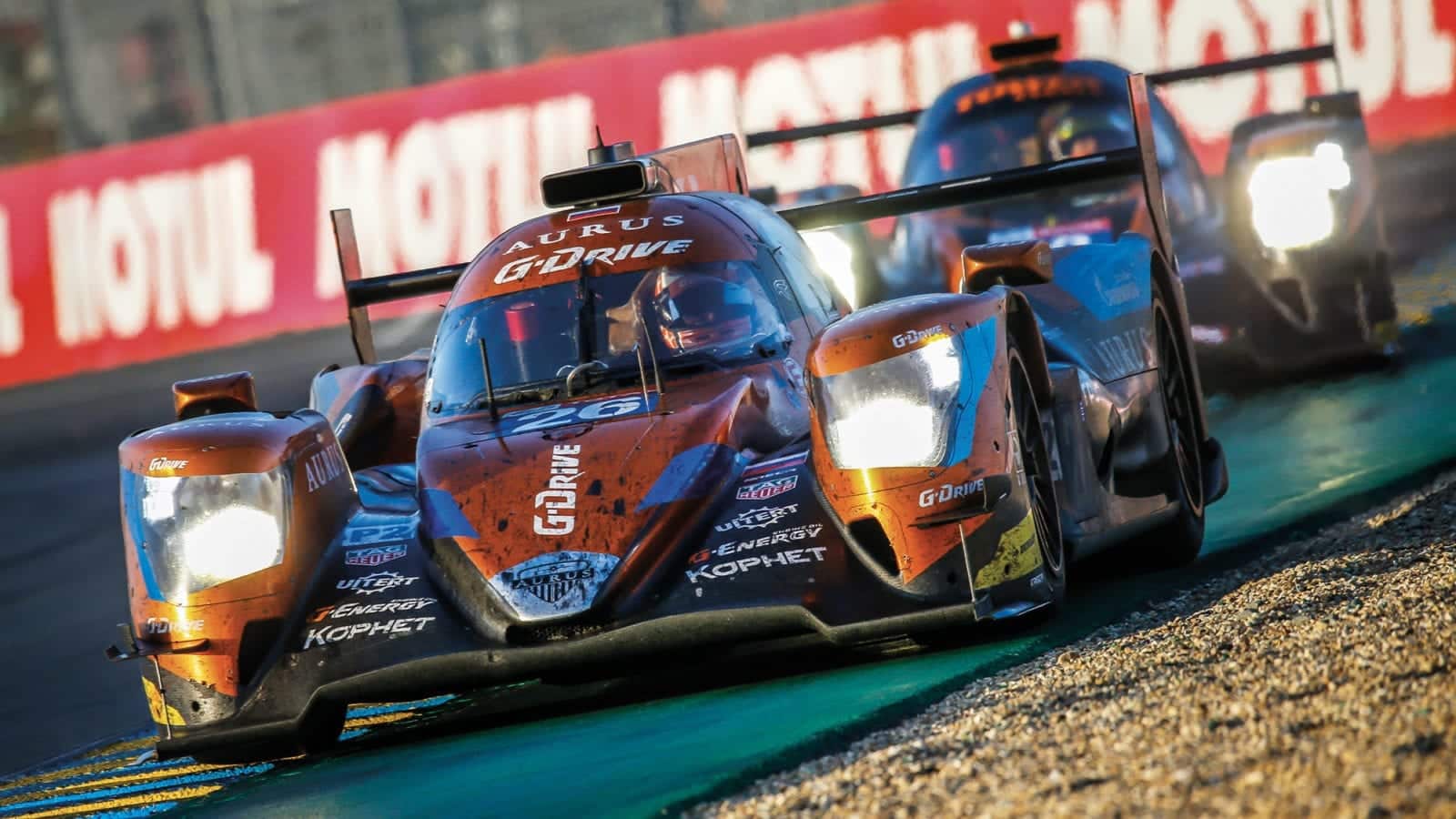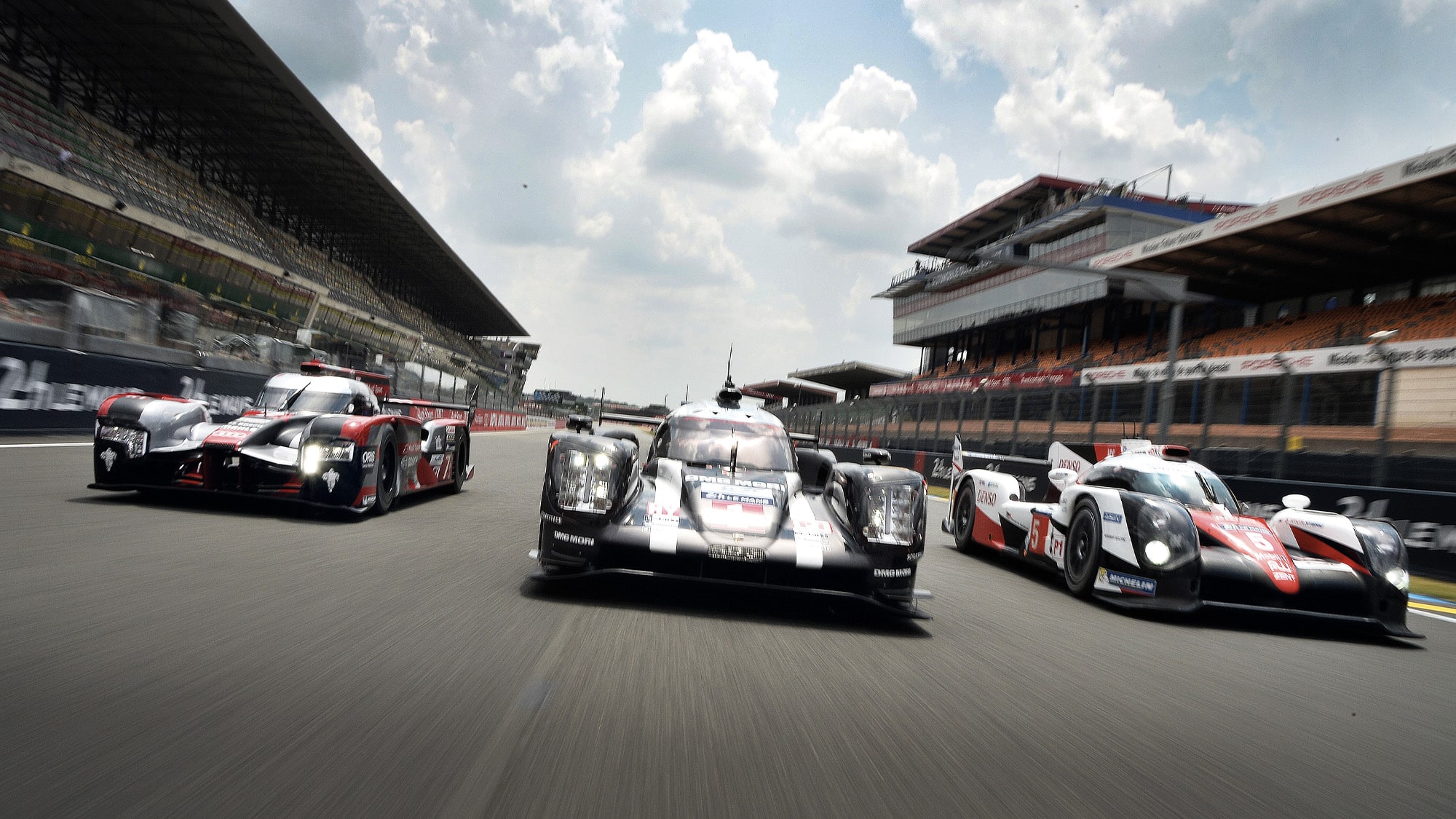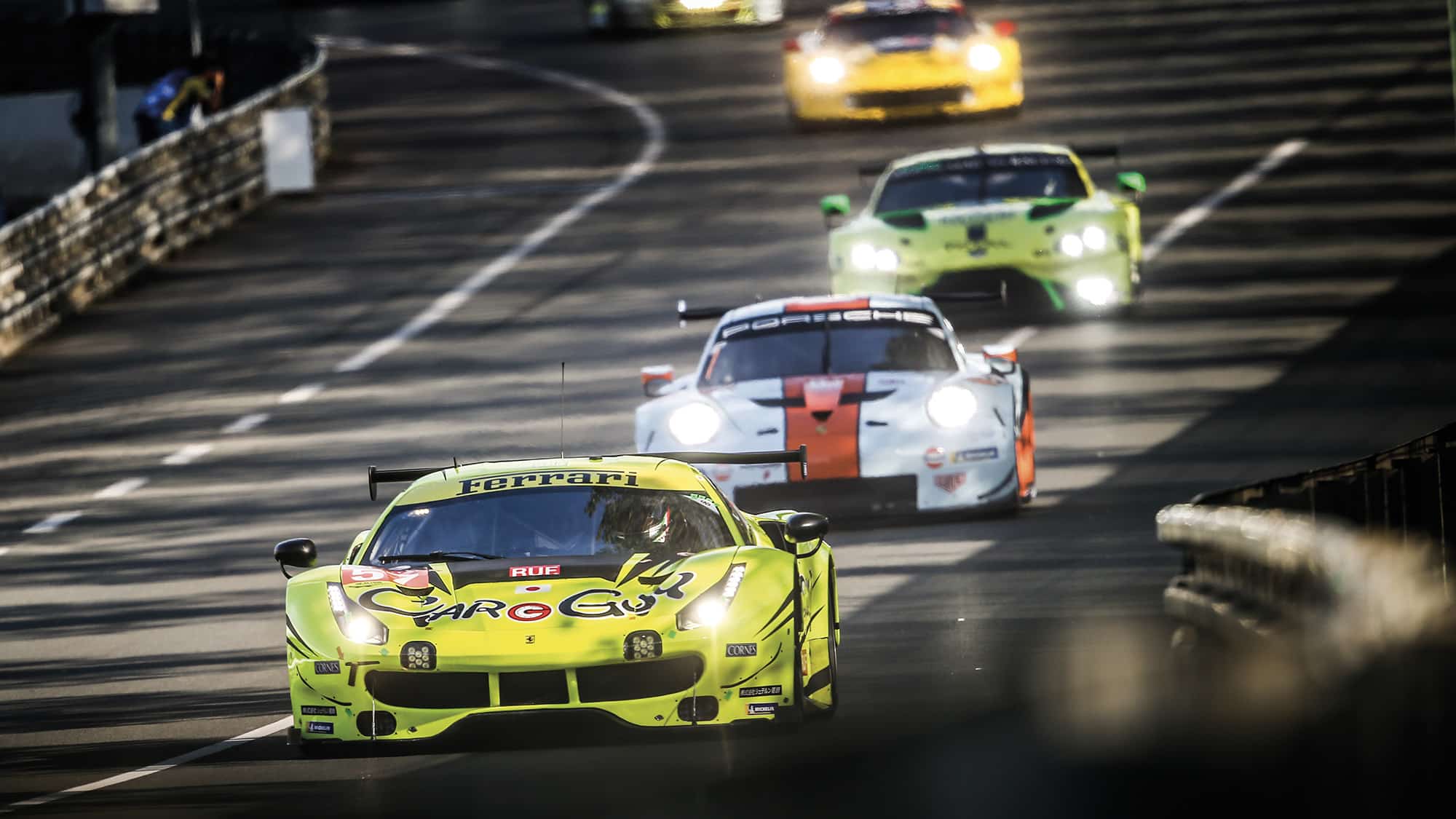10 key factors at the 2020 Le Mans 24 Hours
For the first time since 1968 the world’s greatest endurance race takes place in September this year. Gary Watkins is your guide

2020 will be the last race for the current-spec LMP2 engines. Next year will introduce a reduction in power
1. LMP1 bows out
The Le Mans 24 Hours (Sept 19-20), waves goodbye to the twin-hybrid LMP1 rocket ships that made the race — and the World Endurance Championship — such a spectacle. P1 will give way to the new LM Hypercar class, with LMP2-based LMDh cars due to join them in 2022. Audi, Porsche and Toyota’s hybrid behemoths created one of sports car racing’s greatest eras. We don’t know too much about the new classes, except they will be significantly slower. The target lap time for LMH and LMDh around Le Mans is 3min 30sec, compared to a 100-lap average of 3min 20.9sec for the best of the 2019 Toyota TS050s.

2. Performance gaps
The performance handicaps that have helped the Rebellion team claim two wins so far this season isn’t part of the game at Le Mans. The idea was that the system, based on the gaps between cars in the championship table, would prevent a Toyota runaway before Le Mans, originally the final round of 2019/20 WEC.
Toyota’s technical director Pascal Vasselon points to the pace of the quickest of the two Rebellion-Gibson R-13s last year as proof it isn’t needed at Le Mans. The no3 Rebellion shared by Gustavo Menezes, Thomas Laurent and Nathanael Berthon in 2019 was quicker on the averages than the winning Toyota, though restricted to fifth place by two incidents.
Under the rule for the six-hour races the minimum weight of the Toyotas went up 28kg t3his season. Whether any of this weight will be added for Le Mans remains to be seen.
3. Just half a dozen P1s
The shame for LMP1 is that there will be just six cars in its swansong year. That’s the number that made the entry list initially, but the promotion of WEC stalwart ByKolles from the reserve list brought the field up to seven. However, the disappearance of one of the Ginettas, withdrawn ostensibly for financial reasons, means we’re back down to six.
The overall entry has fallen to 60 cars from the 62 that Le Mans has been able to accommodate since 2019.
4. A shortened race week
The timeframe of Le Mans has been shortened this year as a result of the COVID-19 crisis. There’s no pre-event Test Day two weeks before the race, nor scrutineering in the city centre. The start of the action on track, meanwhile, has been pushed back a day from Wednesday to Thursday.
5. A new qualifying spectacle
The battle for pole position in the four WEC classes will be a short, sharp affair this year. The fastest six cars in each category from Thursday afternoon will go into a so-called Hyperpole session on Friday morning. They will be allowed just one run over the course of the 30 minutes.

6. A new ‘atmosphere’
This year is going to have a very different feel because there will be no spectators. That was the stark news announced by the ACO in mid-August against the backdrop of a spike in COVID-19 infections in France. The evolving world health crisis forced it to reverse its initial plan to allow a small number of spectators. The idea was to have a series of ‘fan villages’ dotted around the circuit. Each would have accommodated 5000 people and it was likely that there would have been 10, which would have meant a crowd around a sixth of the 300,000 that usually come. A shame, but a fan-free Le Mans is surely better than no Le Mans at all.
7. A darker race
Le Mans is being held away from a weekend in Kate May or June for only the second time. Back in 1968, civil unrest in France resulted in the race being pushed back, then as now to September.
The move means a higher percentage of the race will be held in darkness. Sunset to sunrise was exactly eight hours on the original June date, but in mid-September it’s 11 hours and 40 minutes. That will impact strategy, particularly in GTE Am, where it’s not unknown for amateur drivers to sit the night stints out.

8. End of an LMP2 era
The latest breed of LMP2 machine is capable of times that would have gained overall pole in the mid-2000s. This will be the last year that they will be getting down into the mid-3min 20sec.
The forthcoming Hypercar class means that the P2s will require to be slowed to maintain what the rule makers like to call ‘class separation’. The P2’s one-make Gibson V8 will be 9robbed of 50bhp to do so.
9. A return of girl power
There are two all-female crews at Le Mans for the first time since 1977, and you have to go back to before World War II to find more than two. Rahel Frey, Michelle Gatting and Manuela Gostner return for a second time in GTE Am, this time with the Iron Lynx Ferrari team run by former Aston Martin driver Andrea Piccini. They are joined by Tatiana Calderon, Sophia Flörsch and, if she recovers from injuries sustained in testing, Katherine Legge aboard an LMP2 ORECA fielded by Signatech-run Richard Mille Racing.
10 GTE entries down
There are no Fords, no BMWs and no Chevrolets, and two fewer Porsches. That means the GTE Pro division looks a pale imitation of its former self. The entry for arguably the most competitive WEC class is down to just eight cars from the 17 of the past two years. Ford and BMW called time on their WEC campaigns after the 2018/19 superseason, while Corvette has ended an unbroken sequence of Le Mans participations dating back to 2000 as a result of the coronavirus pandemic. Porsche has opted not to bolster its in-house WEC team with two cars from its North American IMSA squad for similar reasons.
But what we shouldn’t forget is that GTE Pro still has three manufacturers in Porsche, Ferrari and Aston Martin. Imagine if the WEC had that number of marques confirmed for LMH. What’s more, with a very busy GTE Am category there are still 30 GTE cars, or exactly half the grid.

